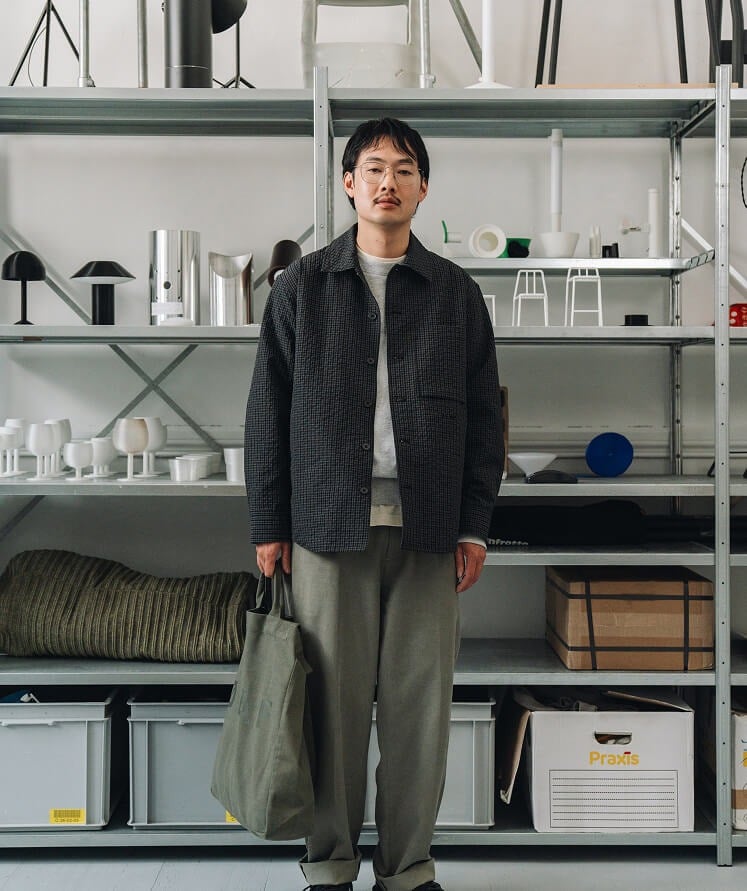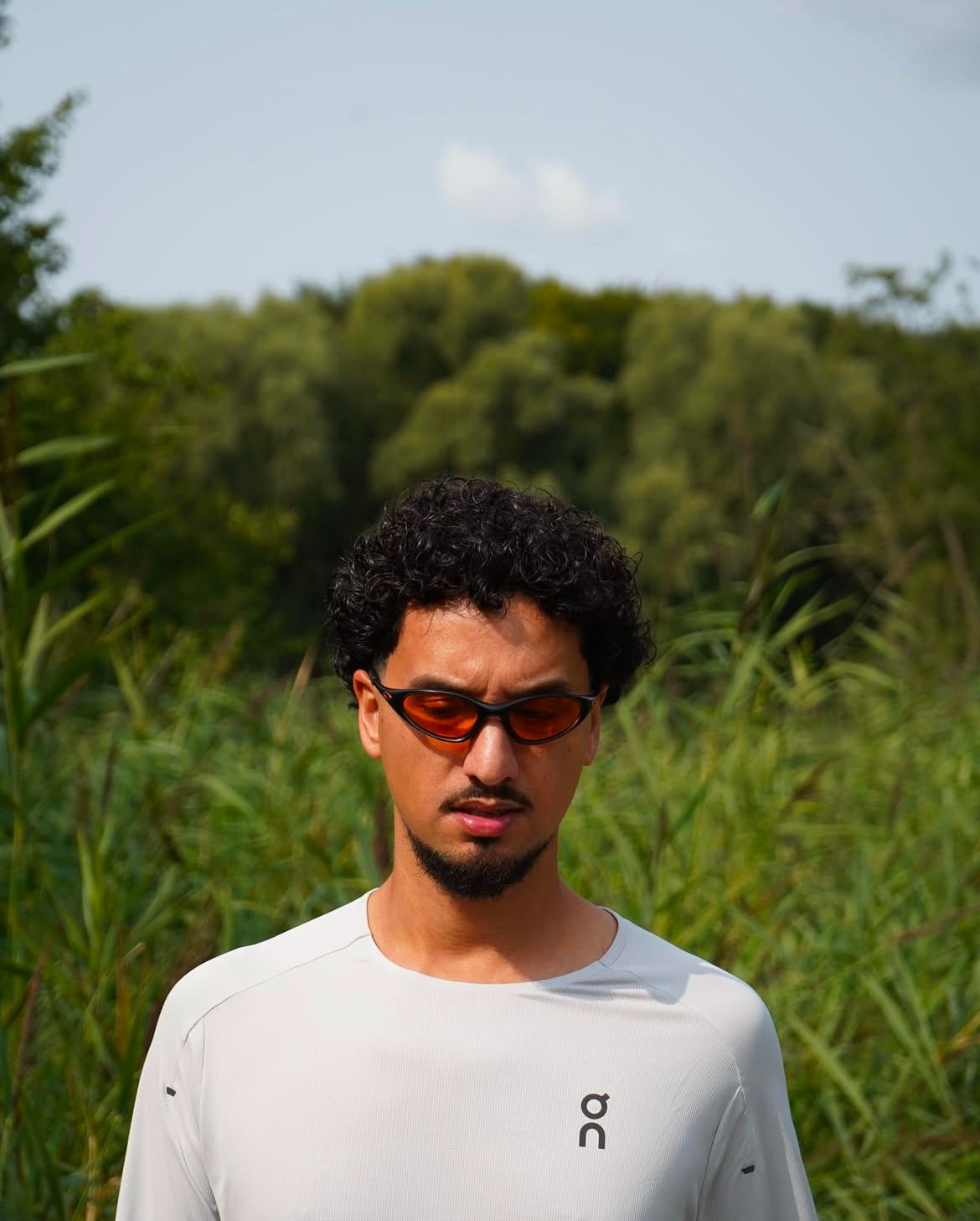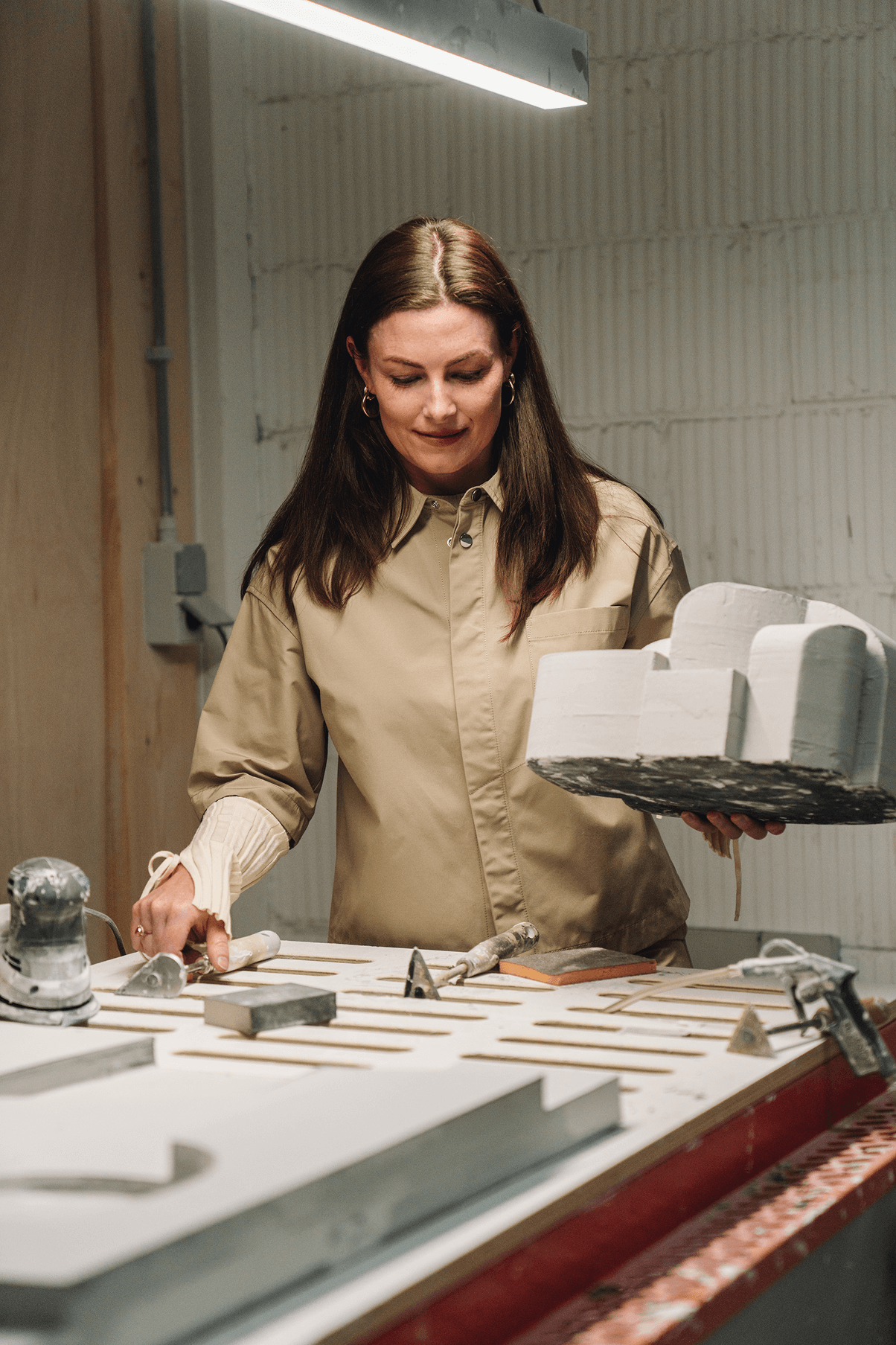You grew up in Vancouver, studied in Vancouver, then built a studio in Toronto, and now you're based in Amsterdam. How has your design language shifted with each move? What drew you across the ocean?
When I was studying in Vancouver, I had the opportunity to do a semester abroad in Stockholm at a small wood furniture school. Before that, I didn’t have much experience or knowledge of the European design scene, my expectations were to graduate and maybe build reclaimed wood furniture. When I arrived, my mind was kind of blown. I got a crash course in contemporary design; the school had close ties with the furniture design industry in Sweden, so we visited production companies, museum archives, and design studios. It was a whole new world for me, coming from Canada where the focus was more on working at a corporate level. After school, I took a job at a large home goods company in Toronto designing bath accessories, and I also led a project that had me traveling across Asia to work with craft vendors for a new collection we were developing with external designers.
After a few years, by the time I was 25, I felt dissatisfied enough with working for other people that I decided to try starting my own studio. So I quit, used my savings to design a collection, and showed it at a European design fair, where I ended up meeting a lot of the companies I still work with today. That first collection really pushed me to find my own distinct way of working; most of it was developed using the industrial manufacturing around Toronto, leading to a simple industrial language. As I began working more in Europe, I started looking to relocate over here. I landed in Rotterdam in 2019, and more recently moved to Amsterdam. With COVID hitting right after I moved here, it’s only now that I feel like I’m really getting to take advantage of living here. I’m still looking forward to seeing how my work will continue to evolve by being in the city.


-(1).jpg?v=1750849918072)
.jpg?v=1750849955757)
-(1).jpg?v=1750850462569)
-(1).jpg?v=1750850650745)
.jpg?v=1750850711610)
.jpg?v=1750850758082)
-(1).jpg?v=1750850823958)
.jpg?v=1750851078700)
.jpg?v=1750851199691)
.jpg?v=1750851100073)
.jpg?v=1750851226929)
-(1).jpg?v=1750851124249)
-(1).jpg?v=1750851255351)


